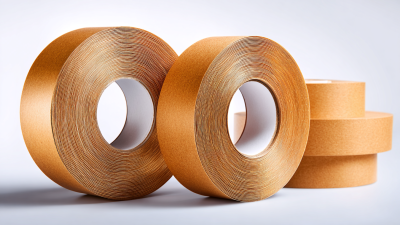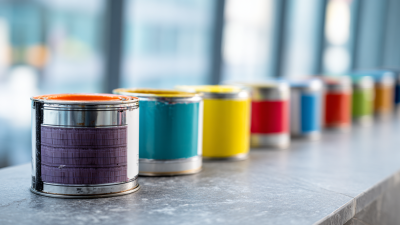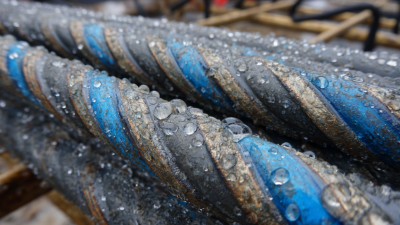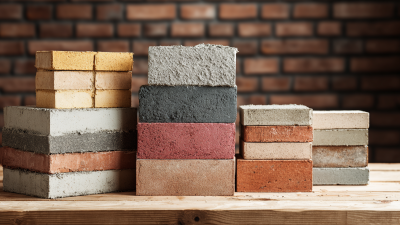Inquiry
Form loading...
When it comes to tackling various DIY projects, selecting the right adhesive can make all the difference in achieving a lasting and professional finish. Among the myriad of options available, Liquid Nail Free Glue stands out for its versatility and ease of use. This innovative adhesive is perfect for everything from crafting to home repairs, providing a reliable bond without the mess often associated with traditional liquid nails. However, with so many choices on the market, how do you determine which Liquid Nail Free Glue is best suited for your specific needs?
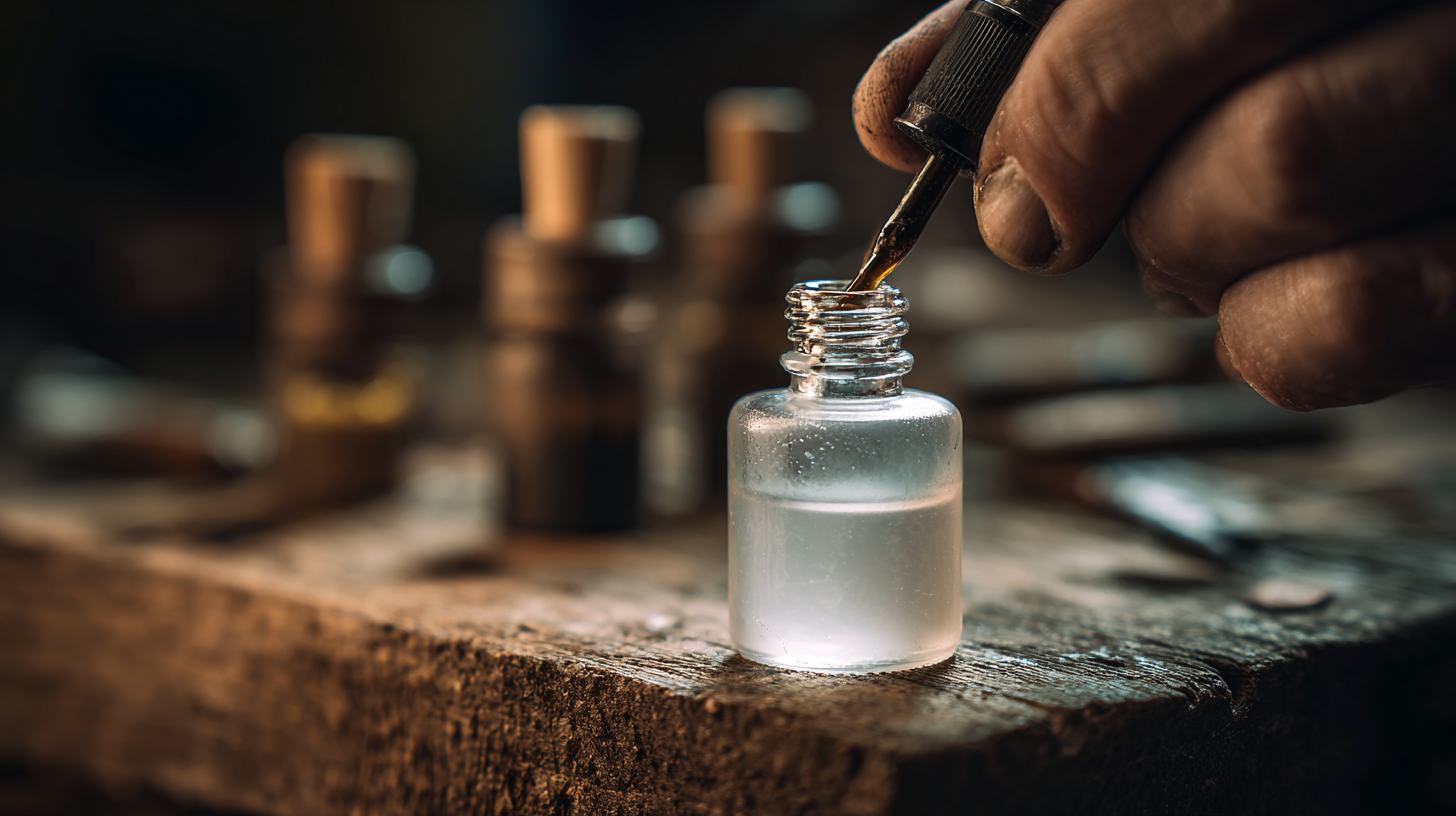
In this blog, we will explore key factors to consider when making your selection, including application methods, drying times, and compatibility with different materials. By the end, you'll be equipped with the knowledge to choose the ideal Liquid Nail Free Glue for your project, ensuring a strong and effective bond every time.
When selecting a liquid nail free glue for various projects, the first factor to consider is the material you are working with. Different adhesives are designed to bond specific substances, so knowing the compatibility of the glue with materials such as wood, plastic, metal, or fabric is crucial. For instance, some glues work exceptionally well on porous surfaces like wood, providing a strong hold, while others are formulated to adhere to slick surfaces like plastics. Always check the product specifications to ensure the glue will perform effectively for your intended application.
Another essential aspect is the drying time and strength of the adhesive. If you need a quick fix for a project, opting for a fast-setting glue can save you time, while those looking for a long-lasting hold might prefer options with a longer curing time but stronger final bonds. Additionally, consider the environmental conditions the glue will be exposed to, such as moisture or temperature fluctuations. Some liquid nail free glues are specially designed for outdoor use, offering waterproof and UV-resistant properties, ensuring your projects remain intact under various conditions.
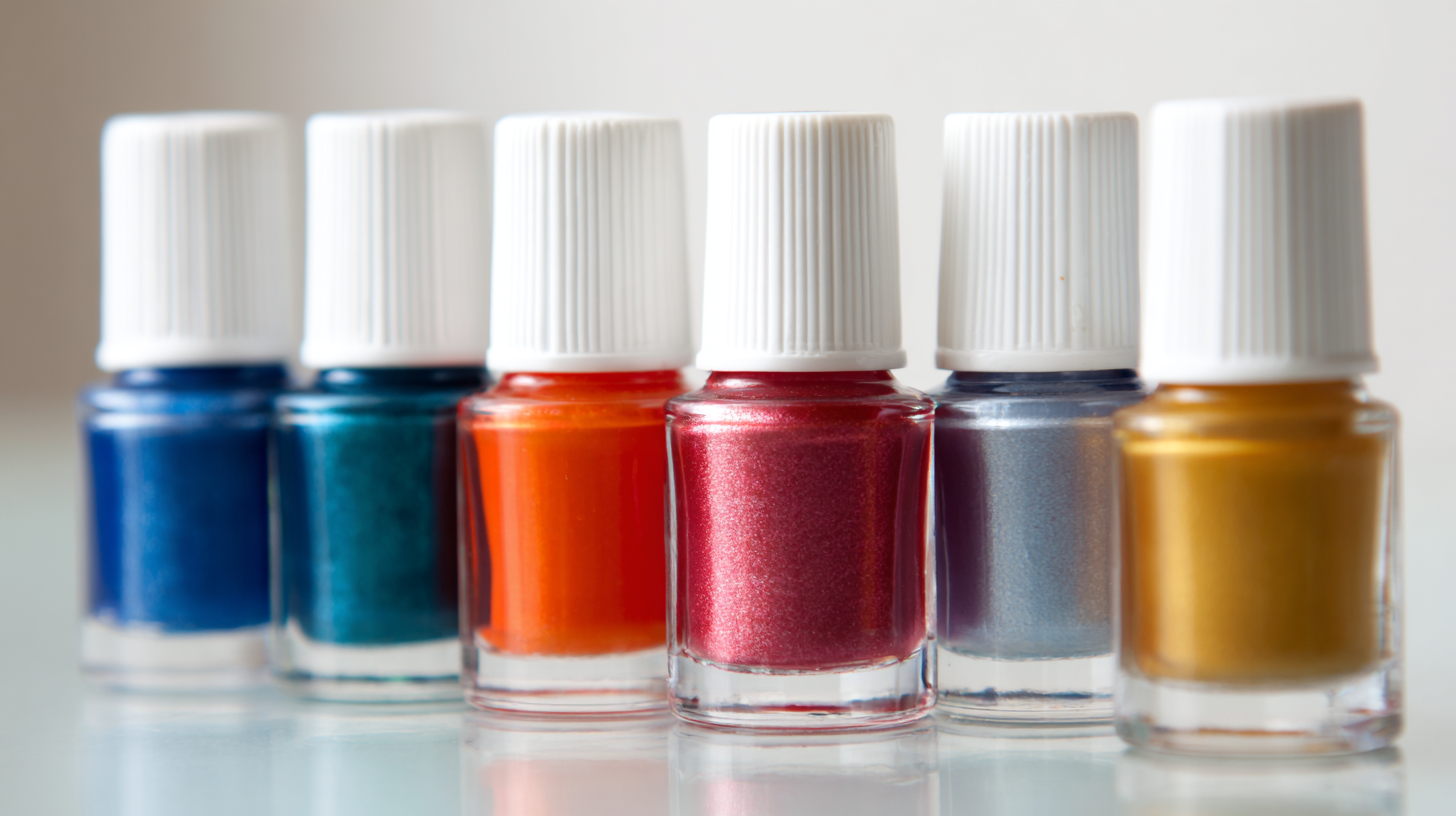
When embarking on a DIY project, choosing the right adhesive can make all the difference. Liquid nail free glues are renowned for their versatility and ease of use, making them a preferred choice among enthusiasts. Here are five top brands that stand out in the realm of liquid nail free glues.
First on the list is **Loctite** with its premium liquid glue that promises a strong bond on various surfaces, from wood to ceramics. Known for its durability and water-resistant features, Loctite is perfect for both indoor and outdoor projects. Similarly, **Gorilla Glue** has made a name for itself with its expansive line of adhesives, including their liquid nail free options that provide exceptional strength and versatility. Their glues are also foam-free, ensuring an even application without the mess.
Another brand worth considering is **Aleene’s**, which offers a range of craft-specific liquid adhesives. Aleene’s produces glue that dries clear, making it ideal for decorative projects where aesthetics matter. **3M**’s VHB tape is also a game-changer, providing a no-drip alternative to traditional glues, perfect for quick fixes and sturdy bonds. Finally, **E6000** is a favorite among crafters for its industrial-strength bonding capabilities, suitable for multiple surfaces while remaining flexible once cured. With these top brands in mind, selecting the right liquid nail free glue can elevate your next DIY project effectively.
When choosing the best liquid nail free glue for your projects, understanding the properties of these adhesives is crucial for effective bonding. Liquid nail free glue is designed to provide strong adhesion without the need for traditional nails or hardware, making it ideal for various applications. Its formulation typically consists of a blend of polymers that create a durable and flexible bond, allowing it to adhere to a wide range of materials, including wood, metal, and plastics.
Tips for selecting the right glue include evaluating the specific materials you'll be bonding. For instance, if you're working with bamboo composites, consider adhesives that are specifically formulated for wood bonding, as they offer better compatibility with the natural fibers in bamboo. Additionally, check the drying time; for projects requiring quick fixes, opt for fast-setting formulas. Lastly, consider the glue's formulation—water-based options are often less toxic and easier to clean up, while solvent-based adhesives may provide stronger bonds for heavier applications.
Always test the glue on scrap material before applying it to your main project. This not only ensures compatibility but also allows you to see how well the bond holds. By understanding the properties of liquid nail free glue and following these tips, you can achieve reliable and long-lasting results in your bonding projects.
When selecting a liquid nail free glue for your projects, it’s crucial to assess its adhesive strength before application. To effectively test the glue, begin by applying it to two clean surfaces that you plan to bond. Allow the glue to cure for the recommended time, usually listed on the packaging. Once set, gently try to separate the two surfaces. The strength of the bond will give you insight into the adhesive’s effectiveness for your needs.
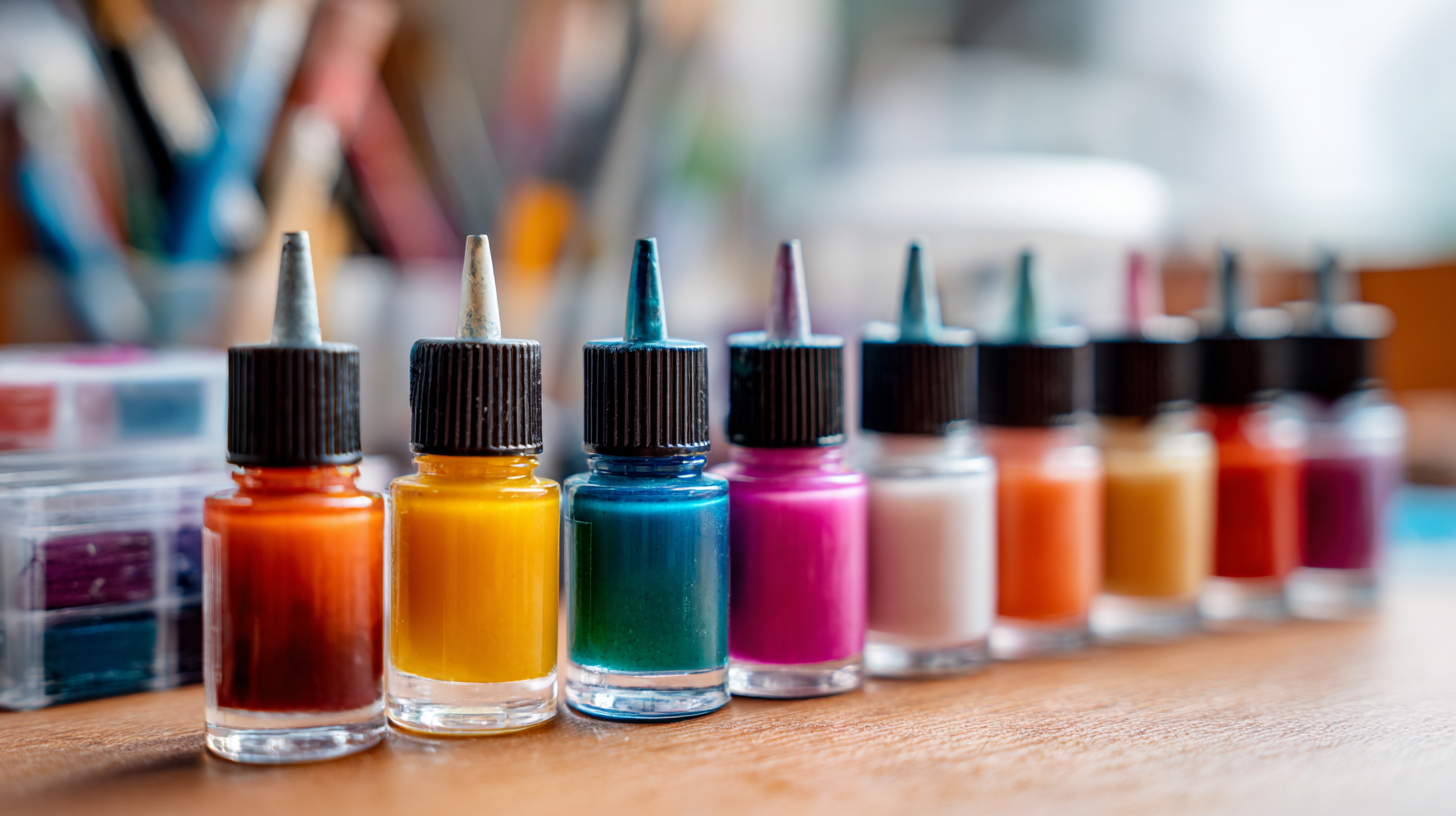
Another method to evaluate the adhesive strength involves conducting a pull test. Create a small joint using the glue and, after it has fully cured, apply consistent pressure to see how much force it withstands before failing. This hands-on approach not only aids in determining the glue's durability but also helps you gain confidence in your choice. By implementing these simple tests, you can ensure that you select the most suitable liquid nail free glue that meets the demands of your projects.
When working on projects that require strong adhesion without the mess of traditional nails, choosing the right
liquid nail free glue is crucial. However, many users make common
mistakes that can compromise the effectiveness of their projects. One significant error is applying too
much glue. According to industry reports, over-application can weaken the bond because excess adhesive may not
cure properly, leading to disbonding over time. It's crucial to follow the manufacturer’s recommended amount,
typically a thin, even layer.
Another frequent mistake is not allowing adequate curing time. Studies have shown that a substantial percentage
of DIY enthusiasts underestimate the importance of patience in the glue curing process, with only about
30% allowing the requisite
24 hours for full strength. Rushing this stage can lead to failed bonds and disappointing results.
Additionally, ignoring the surface preparation is a critical error.
Properly cleaning and roughening the surfaces to be bonded can improve adhesion quality significantly, as reported
by adhesive technology experts. By avoiding these pitfalls, users can maximize the performance of liquid nail free
glues in their various projects.
